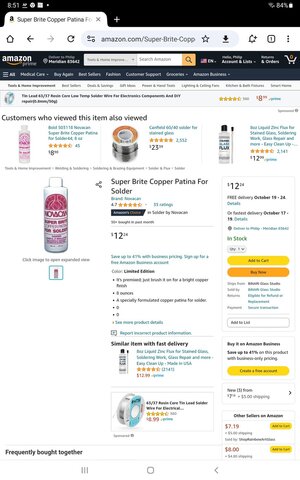I agree with the comments that work or stress hardening is the only practical treatment to harden most yellow-metals/alloys.
While not directly analogous to hardness, ductility and tensile strength of yellow brass is higher than that of copper.
Brass (depending on the alloy) has a tensile yield strength of between 18 and 45 ksi, with 53% elongation and a modulus of elasticity of 14,100 psi.
Hardness of brass (Brinell scale) is 55 at the low end.
Copper, obviously more ductile, has a tensile yield strength of between 4.8 ksi, with 60% elongation and a modulus of elasticity of 16,000 psi..
Hardness of copper (Brinell scale) is 35 at the low end.
(Yes, I had to dig out my Mark's Handbook to look these up.)
I've not compared them both in their annealed state, but the copper data is most commonly given for "soft copper". Soldered brass, in my experience, tends to be harder, more brittle, but not horribly so for these purposes, but is always harder than copper at least in a wire state similarly soldered or brazed. The zinc composition is about 33% for yellow brass, with the rest copper. The more zinc, the more brittle the alloy and the harder; the reverse is true, so I see brass at least ahead on that score but I would like to learn more and hear your thoughts.







